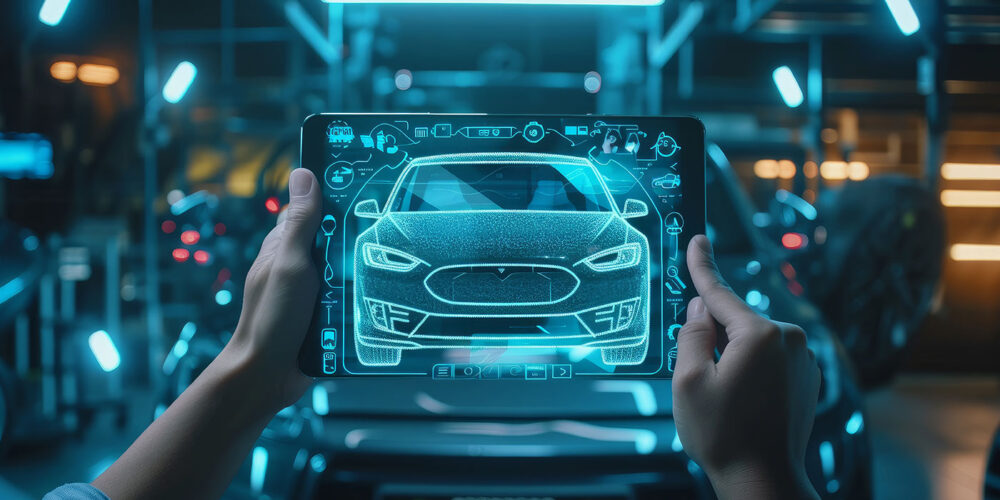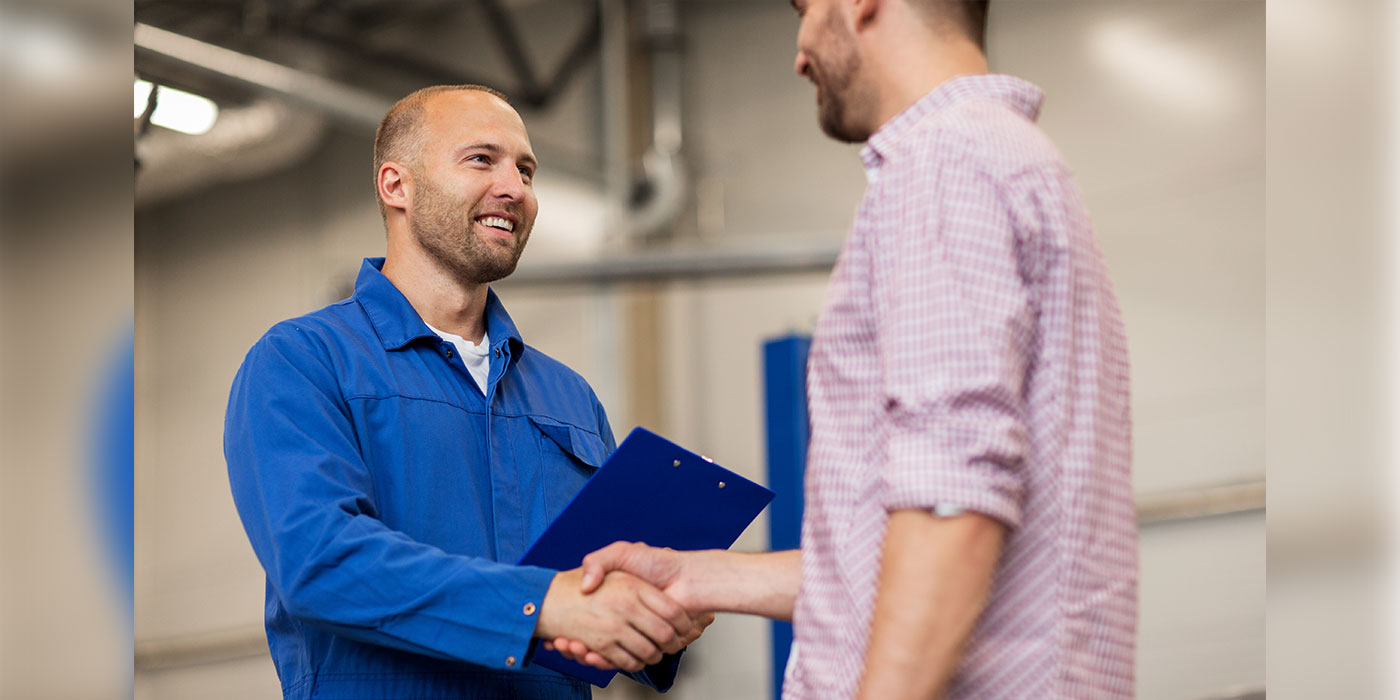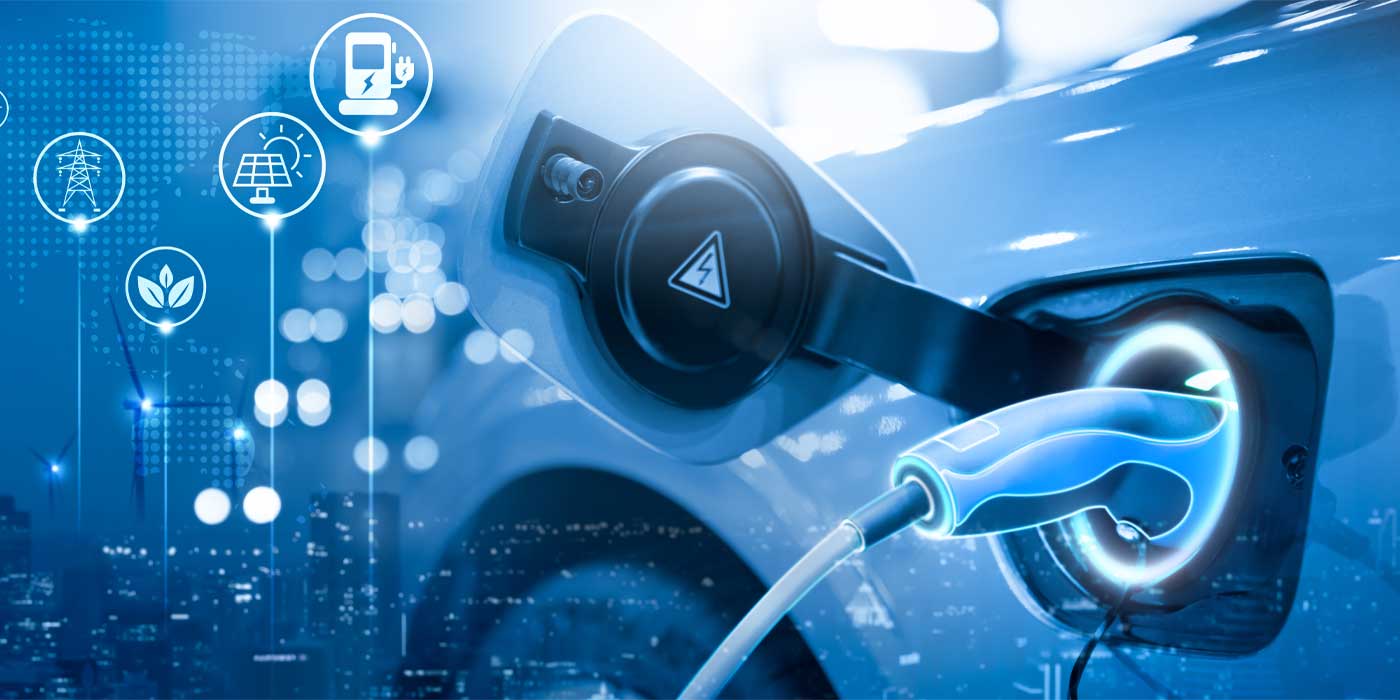Buckle up for the newest auto industry technological innovation. One that has the potential to move buyers down the sales funnel considerably faster than any other tool available. What is it? Virtual reality. As anyone who has kept pace with technology over the last few years knows, virtual reality uses powerful computer-based setups and goggles to completely engulf a user in an experience. In the auto space, this immersive experience takes the form of a simulated vehicle where users control what they see and explore the features and aspects that matter most to them. As dealers increasingly focus on the overall customer experience (both online and in-store) to de-commodify the purchase of a vehicle and stand out from the crowd, virtual reality has the potential to offer a unique takeaway and perspective that is difficult to find anywhere else — all while delivering better leads in less time.
We’re all used to 360-degree vehicle spins and images that allow consumers to “feel” like they’re sitting in the driver’s seat. This type of traditional, old-school marketing will always be valuable to shoppers, but it doesn’t go far enough. That’s because the library of images that dealers get deliver the same limited, flat views that aren’t geared toward how a customer will actually experience the vehicle. The modern, new-school virtual reality experience is completely different. Shoppers don’t just feel like they are in the vehicle — they actually are immersed in a simulated environment where they are in control. They choose where to direct their attention and what aspects of the vehicle to explore. The result is an entirely unique experience and viewpoint that naturally fits every age range, buyer type and lifestyle profile.How Virtual Reality Will be Used
Virtual reality is so new that its wide variety of uses hasn’t been explored yet. However, the possibilities to create compelling and unique customer experiences that pay off in more leads and sales have unlimited potential. Here are a few examples:
Highlight the benefits of each vehicle — Unlike spins or stagnant images that are the same for every vehicle, virtual reality offers the opportunity to highlight the unique features and benefits of a particular make and model. A user can virtually stand behind a hatchback and investigate how much room is really in the trunk, or sit in the third row of a minivan and get a first-hand feeling for leg room. They can even look out through the open sunroof of a coupe.
Tailor experiences to the buyer — Every buyer is different, but up until now all vehicle presentations were the same. Virtual reality can change all that with experiences tailored for any customer lifestyle that can only be experienced in a simulated environment. For example, parents of a large family can watch grocery bags being loaded into the trunk of a minivan and know exactly how much cargo room is available. A safety-minded dad can climb in the driver’s seat and check for blind spots out a front windshield or understand the size and placement of airbags. An adventure junky can see how seats lie flat as a surfboard or kayak slides into place. Imagine in the future if a buyer could even try out the sound system or watch a DVD? The possibilities are there.
Turn viewings into qualified leads — Virtual reality can also turn more shoppers into highly qualified leads by narrowing down vehicle choice before the customer enters the dealership. Think about it: Static images give an idea of the vehicle, but no sense of space or how it feels to actually be in the vehicle. Virtual reality engulfs the field of vision and tracks head movements so customers feel as if they are truly in the vehicle. This full immersion allows for educated vehicle decisions and helps shoppers essentially pre-qualify themselves before they interact with a salesperson.
Create a comfortable shopping environment —The vast majority of shoppers who go online to research and shop for vehicles do it for the convenience, but also because they want to set their own shopping pace. Virtual reality gives these shoppers an opportunity to gather information at a rate that is comfortable for them in an alternate format that is just as educational as spending hours on a showroom floor.
Extend the reach of the showroom — The virtual reality format can extend the selling experience to additional departments in the dealership where customers are waiting — the service area, for example— and offer a way to explore the idea of a new vehicle without the commitment of walking onto the showroom floor. It can break down the psychological barrier between “I’m here to have my vehicle serviced,” and “I’m here to buy a new vehicle,” and prime the pump for more sales in the future.
Save time for customers and employees — Today’s customers want to be in and out of the dealership in record time. Speeding up the transaction without compromising the experience is good for dealers too. It leads to happier customers, higher CSI and more productive employees. Customers who immerse themselves in virtual vehicles know what they want. If a dealer employs additional technology, such as online pricing and financing tools, suddenly 85 percent of the purchase steps are done before the customer ever steps on the floor. With only the test drive and document signing left to complete, in-store time can be as little as 30 minutes. That’s a win-win for everyone.
The auto industry is evolving rapidly, but no innovation has as much potential to move buyers faster to a purchase with a unique and compelling presentation as virtual reality. We’re just at the beginning of what this exciting new technology can offer dealers — stay tuned!














